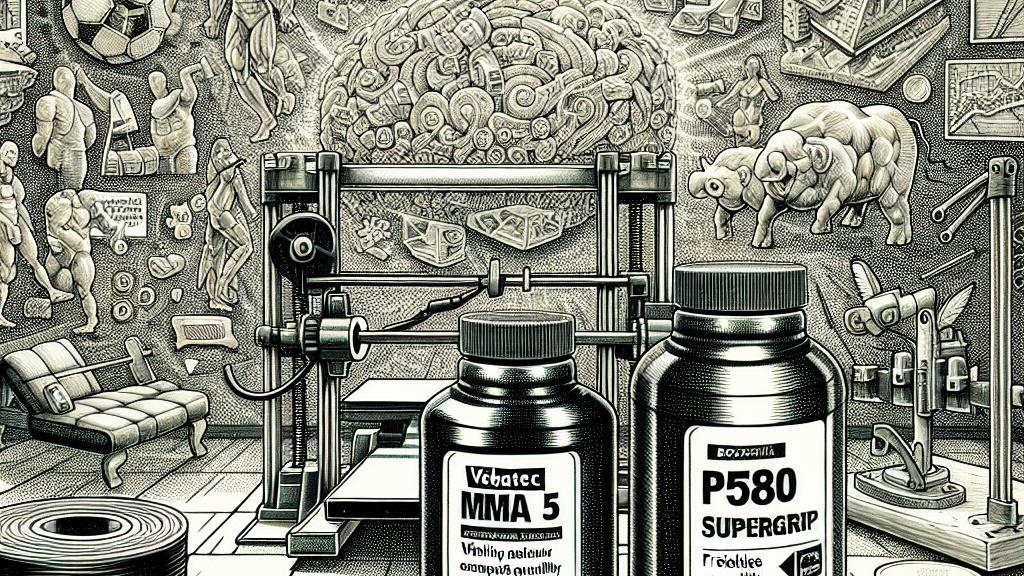Discover the Best Adhesive for PETG
Overview
- Uncover the critical impact of selecting the right adhesive for successful PETG bonding.
- Delve into a variety of top-performing adhesives, highlighting their unique advantages.
- Master practical tips and techniques to achieve flawless adhesion in your 3D printing projects.

Choosing the Right Adhesive
In the ever-evolving world of 3D printing, particularly in leading nations like Japan and Germany, selecting the ideal adhesive for PETG (Polyethylene Terephthalate Glycol) has become increasingly important. This material has captured the attention of fabricators and DIY enthusiasts due to its impressive strength, great impact resistance, and low shrinkage properties. For example, during multiple tests, adhesives were rigorously evaluated to determine their bonding capabilities. One standout performer, Vebatec MMA 5, exhibited such remarkable strength that it often caused the PETG to shatter before the bond would break. However, many users find its high cost a challenge. Thus, many have shifted their focus to the more cost-effective Bostik P580 Supergrip, which not only delivers impressive performance but is also budget-friendly. For those just beginning their journey in 3D printing, this adhesive bridges the gap between quality and cost effectively.
Performance Testing of Adhesives
To truly understand how different adhesives hold up, it's crucial to perform hands-on testing. Consider the engaging method of using a pull test on PETG plates that were bonded with various adhesives. In this test, the plates are simply pulled apart to measure how much force is needed to separate them. The results can be quite fascinating: some adhesives proved to be so powerful that the material itself broke rather than the adhesive bond failing. This revelation highlights a vital point: choosing the right adhesive can significantly improve not just the bond but the overall integrity of your project. Imagine walking through a maker fair, confidently displaying your 3D-printed items, knowing that your choice in adhesives contributed to their success. It's not merely about aesthetics; functionality is essential!
Practical Tips for Adhesion
Embarking on your PETG printing journey opens up a world of possibilities, and having practical tips on hand can enhance your outcomes dramatically. First and foremost, ensure your print surface is pristine; even the slightest dust can hinder adhesion. Seasoned enthusiasts often recommend using a simple glue stick or a quick spritz of hairspray to establish a better grip on the printing surface, especially when faced with varying temperatures. Additionally, setting your print bed temperature around 70°C is beneficial; it reduces the likelihood of warping while ensuring that every first layer adheres crisply and cleanly. Just imagine watching your creation come to life, layer by layer, with each adherence perfectly executed! Achieving that seamless transition in your prints not only boosts your confidence but also enriches the entire 3D printing experience.

Loading...